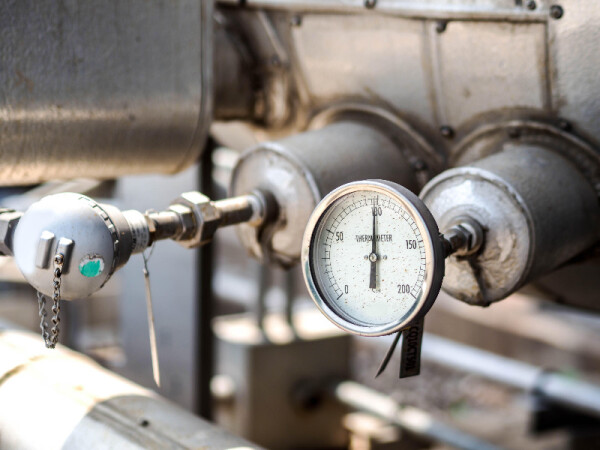Toll Free: (800) 888-8987 | Phone: (440) 835-3540 | office@ramsensors.com
How to Choose an Electrical Temperature Sensor
Are you shopping for a temperature sensor? There are many types of temperature sensors in the market today with applications in different industries, which can make it a challenge to choose the right one for your application. Here are the top five factors to consider when buying a temperature sensor.
Factors to Consider When Choosing a Temperature Sensor
1. Ambient Conditions
The temperature sensor's performance can be affected by the temperature of the environment in which it is used. Some devices cannot work correctly in extremely cold or hot conditions. So before you buy a temperature sensor, determine whether it can tolerate the conditions under which you will use it.
You must also consider whether the device will be exposed to abrasive or slushy materials while in use. If that is the case, the device should be resistant to those materials. If you are going to use the temperature sensor in an environment that requires sterility, such as in the healthcare industry, then you must ensure the material of which it is made can be sterilized.
2. Accuracy
When measuring temperature, accuracy is an especially important factor. Many industrial processes take place at specific temperatures. If your temperature sensor is not accurate, then your production process will be compromised.
Industrial temperature sensors such as resistance temperature detectors (RTDs) are very accurate and can work in conditions that are as harsh as those in turbomachinery. RTDs are also stable and durable with very low margins for error. When dealing with the temperature-sensitive industrial process, insist on accurate temperature sensors.
3. Transmission
Transmission is all about how the device allows you to read the temperature. Choosing between digital and analog temperature sensors is important for accuracy. In industrial applications, many factors can interfere with temperature measurements. Your device of choice should be able to tolerate these interferences so it can provide accurate readings. Also consider how you will connect the temperature sensor to your system so it can transmit readings with ease.
4. Sensitivity or Responsiveness
A temperature sensor should be able to respond to minute temperature changes. How sensitive a device is can make a big difference in an industrial process. When using bimetal thermometers, thermistors, or thermocouples, you can use thermowells to improve their responsiveness and protect them against damage from corrosion, metal velocity, and excessive pressure. It is possible to modify the shape of the thermowell to improve sensitivity.
5. Vibration
If there are lots of vibrations where the temperature sensor will be used, you should consider this factor when choosing the right temperature sensor for your application. For example, RTDs that are wired are especially susceptible to vibration damage because the fine platinum wire used to wind the sensor is very fragile. A broken or damaged RTD sensor wire may result in an open circuit, noisy signals, sporadically high temperature measurements, and decalibration. Therefore, RTDs are not well-suited for high-vibration applications.
Meanwhile, the metal casing on thermocouples is typically robust enough to withstand strong vibrational forces, fatigue failure, and all physical strains to which it may be exposed. The vibration-resistant properties of thermocouples make them an excellent choice for high-vibration applications.
Choose Reliable Temperature Sensors From RAM Sensors, Inc.
Your choice of temperature sensor will largely depend on the conditions under which you are going to use it. You must also take into account any government or regulatory requirements for the type of thermometers needed in your industry. Contact us for expert assistance in determining the best temperature sensor for your unique equipment and application.





